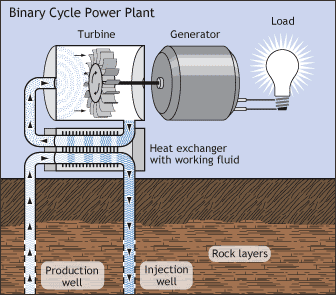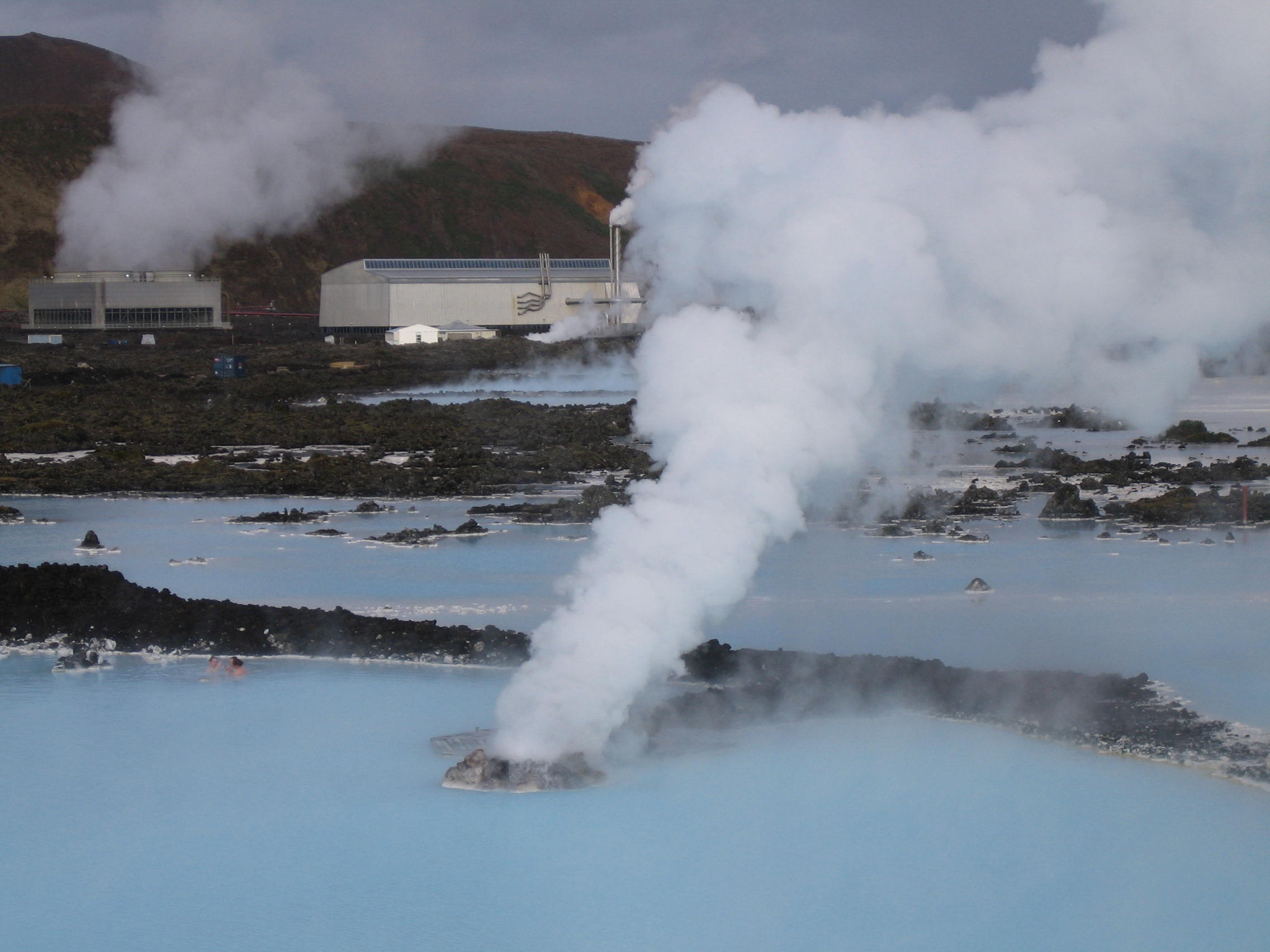Iceland, is oft thought of as a curious island way station between the North American and European continents, but it has another, perhaps more significant distinction. It is also the world leader in harnessing geothermal energy.
Thanks to its location above two separating tectonic plates, Iceland is one of the most volcanically active places in the world. And where there is volcanic activity, there is opportunity to harness heat for energy. [1]
One hundred years ago, organized use of geothermal energy in Iceland was just beginning. In 1908, Stefan B. Jonsson began using hot water for space heating in his farm; soon after, other farmers began to independently create their own systems to heat their farms, and by 1930, at least 10 farmhouses in Southern Iceland were heated with geothermal energy.[1]
Conventional deep geothermal wells provide higher levels of energy in the form of hotter water, but also supply water with high levels of salinity and mineral content. Modern equipment keeps the high-salinity water separate from the water used to transfer heat to homes and businesses. Heat is transferred from the groundwater to the fresh water in three stages: Direct-contact heat exchangers heat water first, steam coming from exhaust turbines increases the temperature further and steam from high-pressure geothermally heated water provides the third stage of heat.
Currently, well over 90% of homes in Iceland are heated by geothermal energy, the highest percentage in the world. Most of the district heating in Iceland comes from three main geothermal power plants, producing over 800 MWh
The geothermal energy tapped from one of Iceland’s main power plants, Svartsengi, is available because the North American and European plates are moving away from each other beneath the island country. As a result, Iceland is growing at about the same rate that your fingernails grow—-2 centimeters every year on average. As the plates separate, magma oozes up from the Earth’s core and creates volcanoes, hot springs, and an ideal location for geothermal power plants.
According to Alexander Richter, Director of Sustainable Energy, Global Research and Communication at Glitnir Bank, Iceland is now the leading exporter of geothermal expertise to the rest of the world, according to the Trade Council of Iceland. The nation’s engineers, geologists and financiers work on projects anywhere there are incentives (as in Germany, which has a feed-in tariff on geothermal of 20 cents per kilowatt-hour) or easily-tapped reservoirs of underground heat (as in the Philippines). Iceland’s third-largest bank, Glitnir, helped finance the world’s biggest geothermal district heating project in the city of Xianyang, China, and it retains a staff of geologists to evaluate the potential of early stage drilling projects, such as one it financed in Nevada [3].
Geothermal also appears to be the mechanism for ushering Iceland’s economic future into fruition. Iceland is becoming an increasingly popular site to build data centers. It offers cool climates, political stability and low energy costs — all attractive features to data center operators. Pardon the pun, but by all accounts Iceland is and will continue to be, a hot prospect.
Source:
[1] http://www.popularmechanics.com/science/energy/hydropower-geothermal/tour-one-of-icelands-incredible-geothermal-plants#slide-1
[2] http://www.mannvit.com/GeothermalEnergy/DistrictHeating/DistrictHeatinginIceland/
[3] http://www.scientificamerican.com/article/iceland-geothermal-power/

